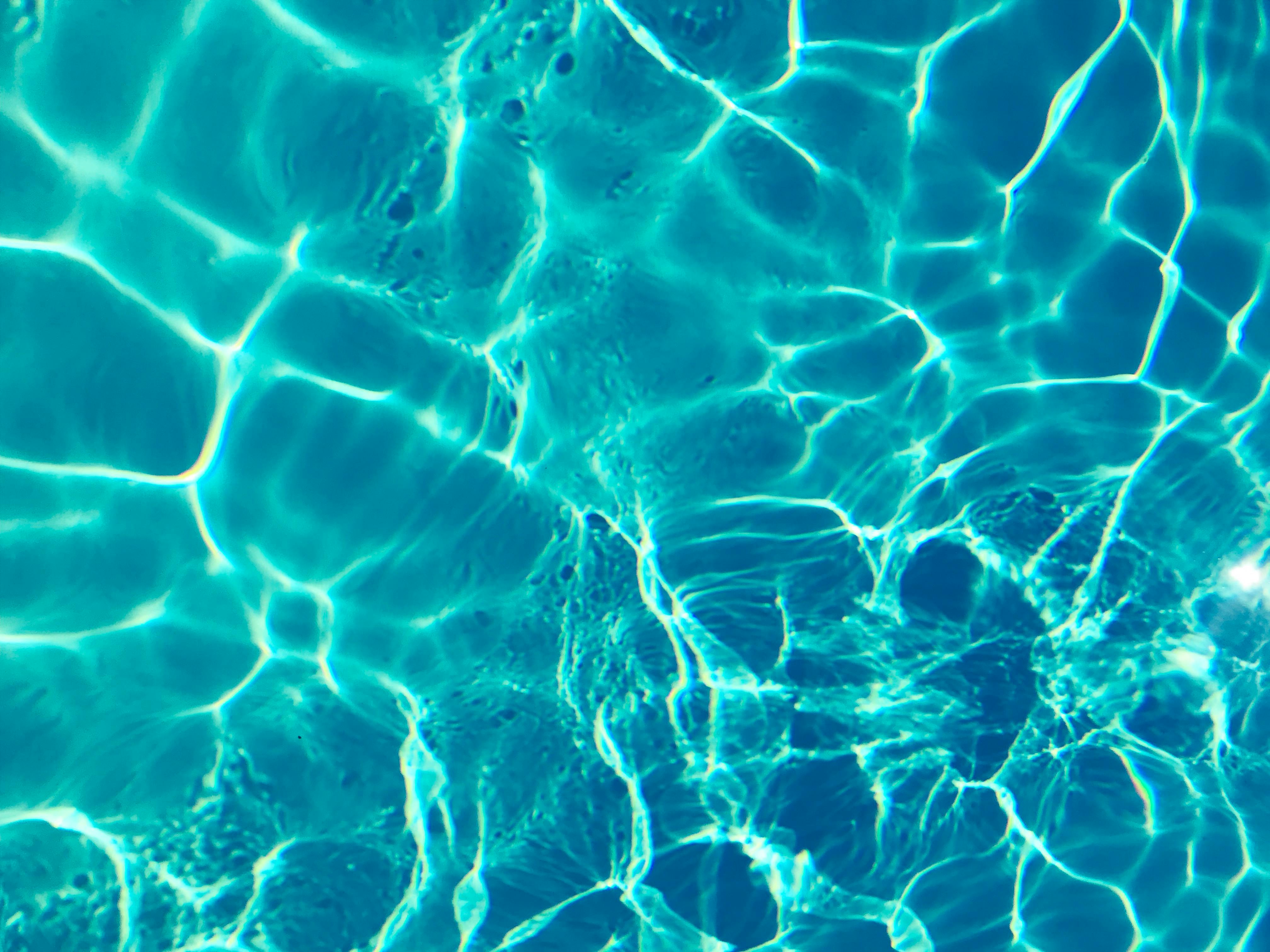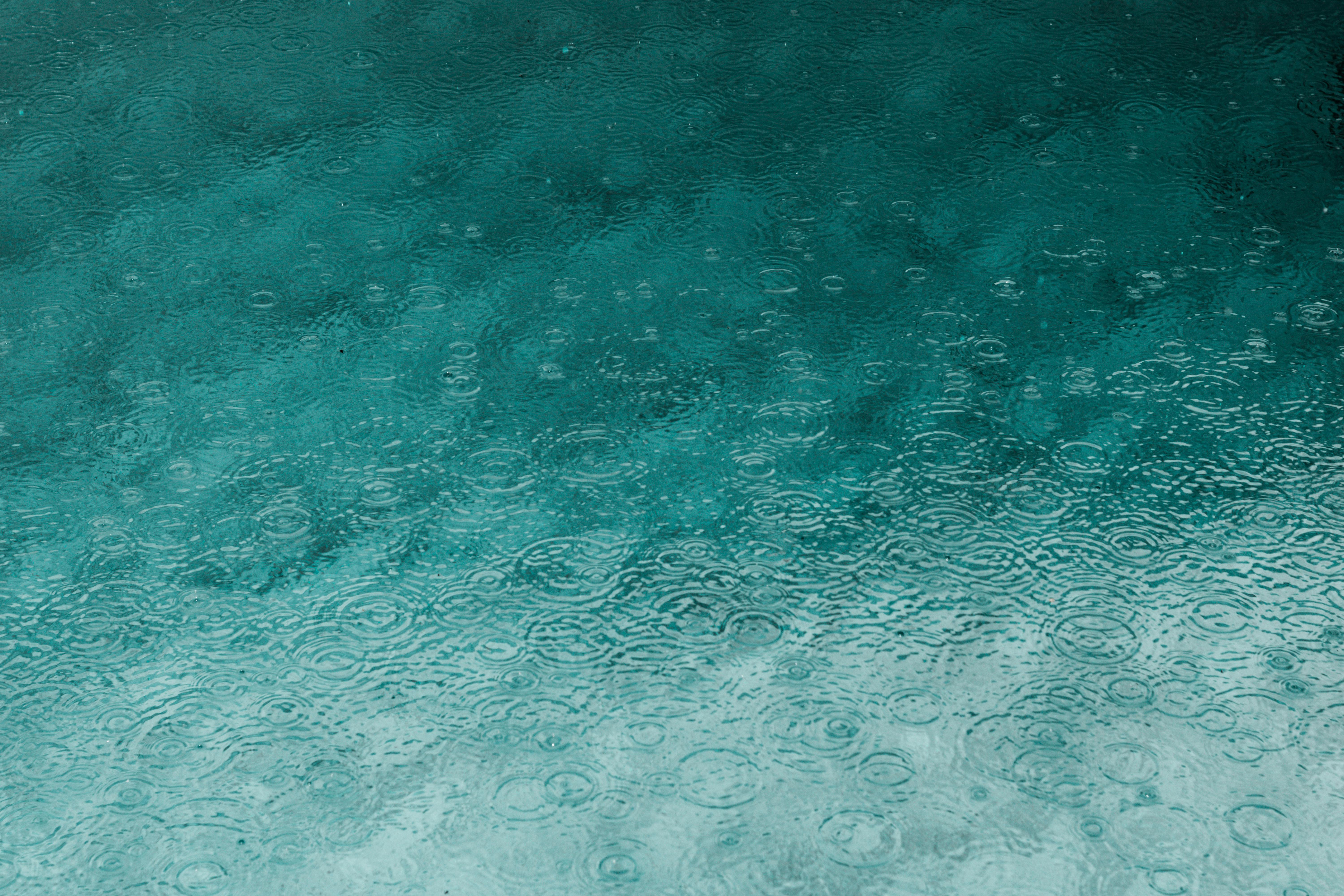Testing the purity of distilled water is an important process to ensure that the water is safe for drinking. Distilled water is created through a process of heating and cooling, leaving behind all other contaminants and minerals. It is important to ensure that the water has been properly distilled and still contains no other elements, as this could potentially make it unsafe for consumption. This article will explain how to test the purity of distilled water in order to guarantee its safety.The purity of distilled water can be determined by measuring its electrical conductivity. Distilled water has very low electrical conductivity due to its lack of dissolved ions, and this can be measured using a conductivity meter. The electrical conductivity of distilled water should be less than 0.5 μS/cm, which is considered an acceptable level for purity. Other tests such as pH, total dissolved solids (TDS), and total organic carbon (TOC) can also be used to determine the purity of distilled water.
Testing Water Purity
Testing water purity is an important process to ensure that the water is safe for a variety of uses, from drinking to irrigation. To accurately test water purity, certain pieces of equipment are required. Some common items used to test water purity include pH meters, turbidity meters, dissolved oxygen meters, chlorine meters, and nitrate testers.
pH Meters
A pH meter measures the acidity or alkalinity of the water being tested. The pH scale ranges from 0-14 with 7 being neutral. Low numbers indicate acidic water while higher numbers indicate alkaline water. Testing the pH level can help determine if pollutants or environmental changes have impacted the water quality.
Turbidity Meters
Turbidity meters measure the amount of suspended particles in the water being tested. Suspended particles can come from many sources including soil erosion and pollution runoff. High levels of suspended particles can affect the overall quality of the water and make it unsuitable for certain uses such as drinking or irrigation.
Dissolved Oxygen MetersUnderstanding the Different Types of Distilled Water Contaminants
Distilled water is one of the purest forms of drinking water available. It is free from minerals, chemicals, and other substances that can be found in regular tap water. However, it’s not completely free from contaminants. There are various types of contaminants that can be found in distilled water. These include bacteria, viruses, and even heavy metals. It’s important to understand what these contaminants are and how they can affect your health.
Bacteria are microscopic organisms that can cause various illnesses when ingested or inhaled. These include diarrhea, vomiting, and even more serious infections. Viruses are much smaller than bacteria and can cause similar illnesses but can also lead to more severe illnesses such as meningitis or hepatitis. Heavy metals such as lead, mercury, and arsenic can also be found in distilled water and pose serious health risks if ingested or inhaled for long periods of time.
It’s important to be aware of the different types of contaminants that may be present in distilled water so you can make an informed decision about what type of drinking water you should use for yourself and your
Choosing Appropriate Test Methods for Distilled Water Purity Testing
When it comes to testing the purity of distilled water, it is important to choose the right test method for the job. There are a variety of different tests that can be used to determine the quality of distilled water, and each test has its own advantages and disadvantages. It is important to understand the various test methods available and choose the one that best fits your needs.
One of the most common tests used to measure distilled water purity is total dissolved solids (TDS) testing. This test measures the amount of dissolved minerals, salts, and other compounds in water. TDS testing is relatively simple and inexpensive, making it a popular choice for many labs and facilities. However, this method does not measure specific chemical compounds or pollutants in water, so it may not be suitable for some applications.
Another option for measuring distilled water purity is ion chromatography (IC). This technique uses a combination of liquid chromatography and electrochemical detection to measure concentrations of ions such as sodium or calcium in water. IC testing is more accurate than TDS testing but also more expensive and time-consuming.
Performing a Visual Inspection of Distilled Water Sample
Performing a visual inspection of a distilled water sample is an essential step in ensuring that the quality of the water is suitable for its intended purpose. The visual inspection should be performed in accordance with established industry standards and guidelines. During the inspection, it is important to observe the clarity, color, and odor of the sample. Clarity is determined by observing any suspended particles or discoloration in the water. Color should be compared to a standard chart to determine if there are any impurities present. Odor should also be taken into consideration as this can indicate the presence of contaminants. If any abnormalities are observed during the visual inspection, further testing may be required to ensure that the sample meets quality standards.
The results of a visual inspection can provide valuable insight into the purity and suitability of a distilled water sample for use in various applications. For example, industrial processes may require specific levels of purity in order to function properly and safely. Additionally, drinking water must meet certain safety standards as set forth by local authorities. By performing regular visual inspections on samples, potential issues can be identified early on and corrective measures can be

Testing for Dissolved Gas Content in Distilled Water
Testing for dissolved gas content in distilled water is an important part of ensuring that the water meets the necessary safety standards. It is important to know the amount of dissolved gas present in order to ensure that the water is not contaminated or unsafe for consumption. The best way to test for dissolved gas content is by using a specialized testing kit, which can be purchased from a variety of suppliers.
The testing kit typically consists of a container with an attached gas meter, which measures the amount of dissolved gas present in the distilled water sample. The user will place a sample of distilled water into the container and then attach the gas meter to the container. The meter will then measure and display the amount of dissolved gas present in the sample. After taking a reading, it is important to record this information in order to track changes over time and detect any sudden increases in dissolved gas content.
It is also important to note that testing for dissolved gas content should be done periodically, as levels can change over time due to external factors such as temperature or humidity. Additionally, it
Applying Chemical Tests to Assess the Quality of Distilled Water
Distilled water is a type of purified water that has had many of its impurities removed through distillation. To ensure the safety and quality of distilled water, it is important to perform chemical tests. These tests can help detect any contaminants or other impurities that may be present in the distilled water. The following are some of the common chemical tests used to assess the quality of distilled water:
The first test used is a chlorine test. This test will measure the amount of chlorine present in the distilled water. Chlorine is an essential part of maintaining healthy drinking water, but too much chlorine can be dangerous. If too much chlorine is present in the distilled water, it can cause a range of health issues such as skin irritation and eye and throat irritation.
The second test used is a pH test. This test measures the pH level of the distilled water. The ideal pH level for drinking water should be between 6 and 8, with 7 being neutral. If the pH level is too low or too high, it could indicate that there are contaminants present in the distilled water that could cause health issues if
Measuring pH Levels in Distilled Water Sample
Distilled water is a type of purified water that has had all of its impurities removed through a process called distillation. The pH level of distilled water is considered to be neutral, meaning that it has a pH level of 7.0. However, it is important to routinely measure the pH levels of distilled water samples to ensure that they remain at a neutral level. Measuring the pH levels of distilled water samples can be done using a simple test kit, which is widely available from most laboratory and science supply stores.
To measure the pH levels in a distilled water sample, the first step is to obtain a sample from the source. It is important to make sure that the sample is free from contaminants or substances that could affect the pH level measurements. Once you have obtained your sample, you will need to pour it into an appropriate container for testing.
Next, you will need to insert a test strip into the sample container and wait for a few minutes for any reaction or color change on the strip. This reaction will indicate the current pH level of your distilled water sample and can be compared against the normal range for distilled water

Conclusion
Conducting a water purity test is an important step to ensuring the safety of drinking water. There are several methods available for testing the purity of distilled water, such as measuring pH, electrical conductivity, turbidity, and other contaminants. Knowing the source of the water and how it has been treated is also essential in determining its purity. Depending on the situation, it may be necessary to use multiple methods to accurately determine if distilled water is safe for consumption.
Regardless of which method is used, testing distilled water for purity is an important part of ensuring that people have access to clean drinking water. By following these procedures and using appropriate methods for testing, distilled water can be safely consumed without fear of contamination or adverse health effects.

